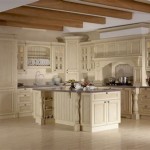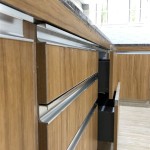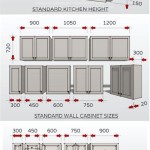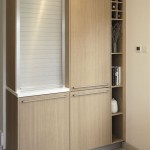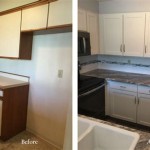Would You Put Laminate Flooring In The Kitchen
Laminate flooring is a popular choice for kitchens because it is durable, easy to clean, and affordable. However, there are some things to consider before installing laminate flooring in the kitchen, such as the type of traffic the floor will receive, the amount of moisture the floor will be exposed to, and the overall style of the kitchen. Do note that laminate flooring is not 100% water resistant, so water spillage needs to be wiped off immediately.
Pros of laminate flooring in the kitchen:
• Durable: Laminate flooring is resistant to scratches, dents, and fading, making it a good choice for high-traffic areas like kitchens.
• Easy to clean: Laminate flooring can be cleaned with a damp mop or cloth, making it a low-maintenance option for busy families.
• Affordable: Laminate flooring is one of the most affordable types of flooring available, making it a great option for budget-conscious homeowners.
Cons of laminate flooring in the kitchen:
• Not waterproof: Laminate flooring is not waterproof, so it is important to avoid installing it in areas where it will be exposed to a lot of moisture, such as near the sink or dishwasher.
• Can be noisy: Laminate flooring can be noisy, especially if it is installed on a hard surface like concrete.
• Can be slippery: Laminate flooring can be slippery when wet, so it is important to use caution when walking on it in wet shoes.
Overall, laminate flooring is a good choice for kitchens that receive moderate traffic and are not exposed to a lot of moisture. If you are looking for a durable, easy-to-clean, and affordable flooring option, laminate flooring is a great choice.
Here are some tips for installing laminate flooring in the kitchen:
1. Choose a laminate flooring that is rated for commercial use. This will ensure that the flooring is durable enough to withstand the heavy traffic in a kitchen.
2. Install a vapor barrier under the laminate flooring. This will help to protect the flooring from moisture damage.
3. Use a floating installation method. This will allow the flooring to expand and contract with changes in temperature and humidity without buckling or cracking.
4. Seal the seams between the planks of flooring. This will help to prevent water from seeping into the flooring and causing damage.
5. Clean the laminate flooring regularly with a damp mop or cloth. Do not use harsh chemicals or abrasive cleaners, as these can damage the flooring.

Is There A Special Way To Install Laminate Flooring In The Kitchen

Laminate Flooring In Kitchens Do It Yourself Installation

Do You Install Floating Floor Under Cabinets Wood Flooring

Do You Install Floating Floor Under Cabinets Wood Flooring

Is It Safe To Install Laminate Flooring In The Kitchen

Do You Install Flooring Before Cabinets Best Practices Reallyfloors America S Est Hardwood

13 Ideas For Upgrading Your Kitchen Floors Extra Space Storage

Can You Put Laminate Or Vinyl Plank Flooring Over Tile

Laminate Flooring Backsplash It Looks Like Wood Bower Power

Can I Use Laminate Flooring Under Cabinets
Related Posts

